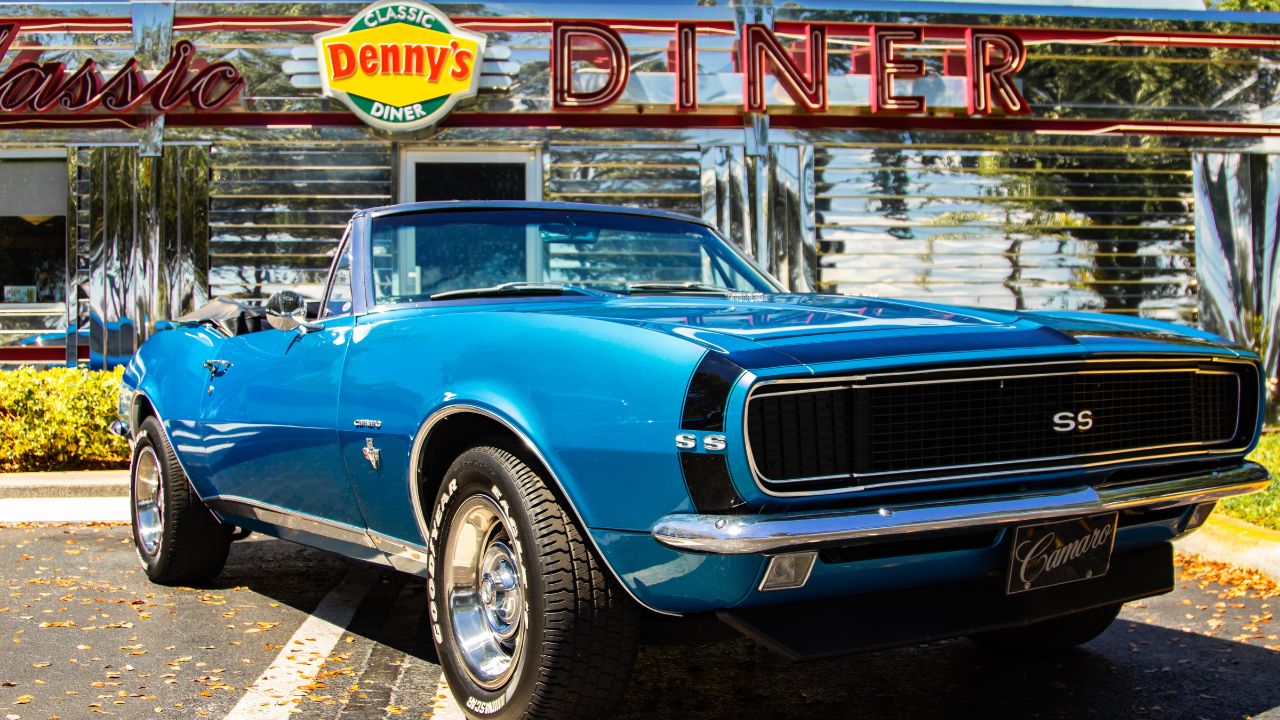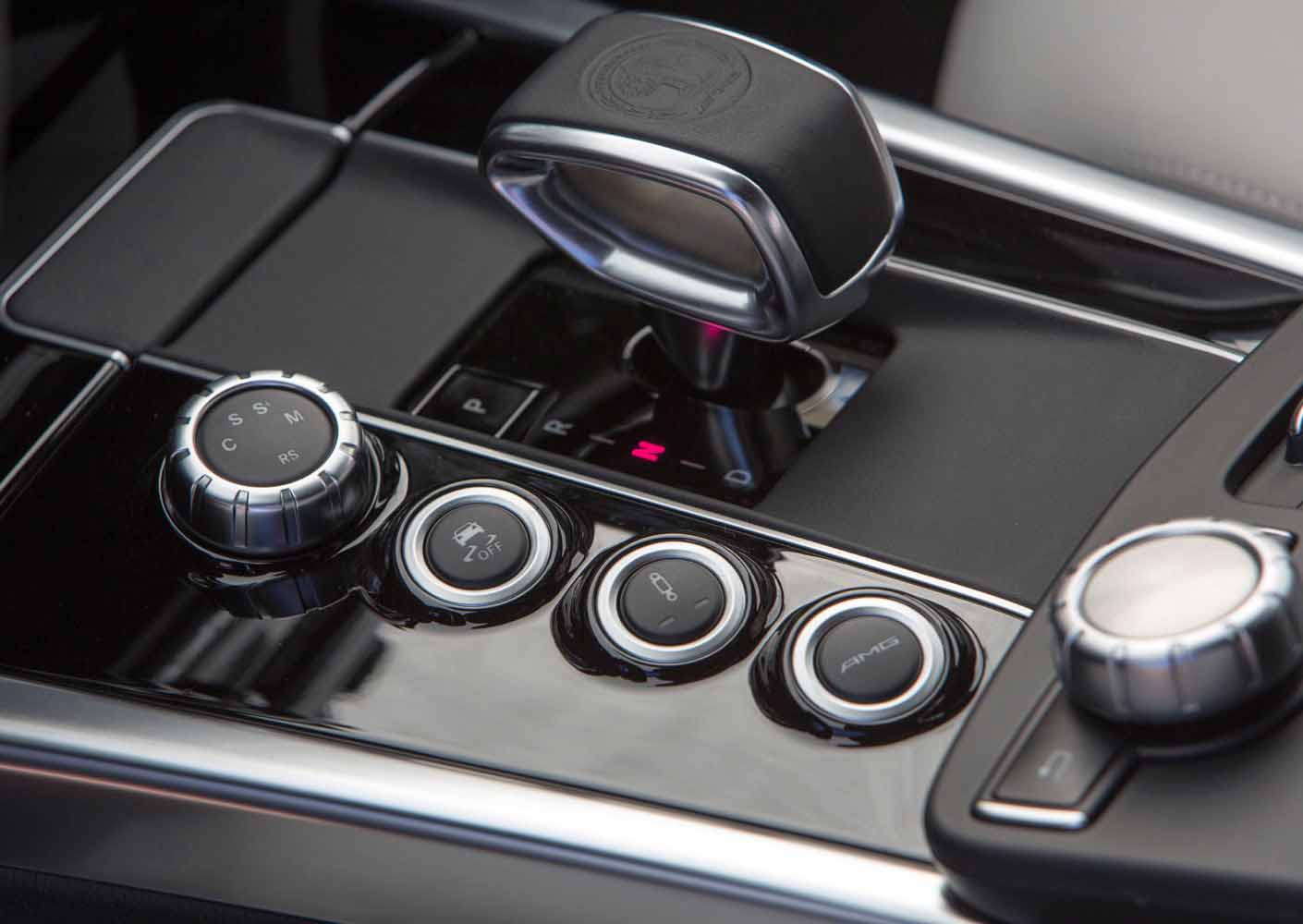
There are many different types of police cars from the 1990s, so it's hard to pick just one. This article focuses on the Ford Crown Victoria Police Interceptor, Dodge Diplomat, Plymouth Gran Fury, and Camaro. Each car was unique and each one has its own features that make it a great police car. The Camaro is the one that stands out among all of them:
Ford Crown Victoria Police Interceptor
Ford Crown Victoria Police Interceptor was an average-sized police car built on a body on-frame platform. It was a popular choice of taxi companies, law-enforcement organizations, as well as fleet buyers. Its body-on-frame construction made repairs easy and quick. There are however some limitations to this vehicle. Here are some of the drawbacks. You may not find this vehicle the best fit for your needs.
The police vehicle was built with a stab-resistant steel plate in the backseat to prevent stabs from suspects in the rear seat. The police vehicle is equipped with a break in its seat bench for extra safety. It comes with a column mounted shifter for simplicity of use. It is equipped with an all-wheel-drive powertrain. This vehicle features larger brake discs, advanced ABS and cooling systems.

Dodge Diplomat
The 1988-1990 Dodge Diplomat police car was a sleek, reliable machine, making it the perfect choice for fleet use. The car was powered by a V8 engine of 318ci with roller valve lifters. It produced 140 horsepower. Although the Lean Burn ignition technology was still being used in 1988, it had finally gotten its grooves. The car was featured in many movies and television shows of the 1980s.
The Dodge Diplomat, which was Dodge's only intermediate vehicle, was it? It was the second most-sold vehicle in 1977. The Diplomat had a padded knee-blocker in front of its driver. It topped off with a black vinyl top. Because of its reliability and affordability, the Diplomat was a favorite among police fleets. But it was not long-lasting and the Dodge Dynasty replaced the vehicle in 1990.
Plymouth Gran Fury
The 1989 Plymouth Gran Fury Police Car is one of the last of the full-size R-body police cars from Mopar. It features a 318 ci V8 engine and a TorqueFlite automatic transmission. It has been modified with a police package, and has only 67,000 miles. The original intention of the burgundy paint was to make it suitable for display in a New Jersey Museum. Gran Fury is a police automobile with a limited production.
Gran Fury is the only vehicle of its type to have a hardtop and a platform design. The car was originally a pillared coupe when it debuted in 1970. It was later updated with a twodoor hardtop body in 1971. In 1971, the Fury Gran Sedan was introduced as a hardtop sedan. Although only a handful of Furys were ever used by police departments in the 1970s, this model was a great success for the company.

Camaro
Boones Mill police department in Virginia ordered a 1990 Chevrolet Camaro the very first day of production. The car came with an automatic transmission and a V8 engine of 5.7-liters. The car has 73,000 miles on its drivetrain. It also comes with the B4C package which includes 16-inch aluminum wheels, an engine cooler, and disc brakes at all four corners. It is expected to be sold for $20,000 by the seller, making it an attractive investment.
The GM Camaro, while a great car, was no longer a good choice for police cars. The police force found the Chevrolet B4C to be a far superior car. It came with a Corvette-inspired, 5.7-liter V8 engine and was capable of reaching speeds of up 150 mph. This car was a favorite with state troopers. It also had more horsepower than its predecessor, and was also faster.
FAQ
Is it worth becoming a mechanic?
The answer to this question depends on what you want from life if you are looking for money, then yes, but if you're looking for meaning and purpose, then no.
It's not worth learning mechanics if you don’t have the skills. You'll waste your time. It won't make you wealthy. It won't make your name famous. It is unlikely that your life will change.
You would need to spend years learning how to do everything properly. Also, you would need to hire someone else to fix it if it broke down. That's why most people don't bother doing it at all. They find something better.
Summarising, if your goal is to make lots of money, go for it. But if you want to live a meaningful life, stay away from the mechanic's industry.
How long does it take to become a good mechanic?
A mechanic is only an expert if they have years of experience. The best way to learn how to repair cars is by working under the supervision of a professional mechanic.
You will need to spend some time in a garage to learn as much about cars and mechanics as possible. You will need to read books on mechanical engineering and car design.
Furthermore, you'll need to enroll in auto school.
The most important thing to do is start early. Don't wait until you're older to begin studying automotive technology. Do you want to be a mechanic? Get started today!
What are the requirements for an automobile technician?
High school graduation or GED is required with excellent grades in English and math. You also need to be able to read and write well. Before you can start working, you will have to pass a written exam and take a series practical tests.
What information do I need about car mechanics
To be an auto mechanic, you don't have to know much about cars. It's enough to know how to fix things. Most people begin by changing brake pads and tires, before moving on to more complicated repairs.
You need to be able read and comprehend diagrams, follow written instructions and adhere to basic principles of good practice. Also, you will need to know how to tell if parts require replacing or repair.
It is important to remember that proper training and guidance are essential for anyone who attempts to repair vehicles. This is especially true if your job involves expensive parts like transmissions or engines.
In fact, even though you won't need to know much about cars, you will need to thoroughly know the basics of mechanical engineering and physics. This will include understanding the basic principles of engine operation and brake function.
Noting that all situations are possible, it is important to be prepared. For example, you may find yourself working on a vehicle that has been involved in a serious accident. You will also need to be able to deal with accidents and breakdowns.
You should also be open to learning quickly. Not only will you need to be capable of diagnosing problems, but you also need to be able perform simple maintenance tasks like tightening nuts.
Statistics
- Apprentice mechanics earn significantly less hourly than mechanics who have completed training, with a median wage of approximately $14.50 an hour, according to PayScale. (jobhero.com)
- According to the BLS, the median annual salary for automotive service technicians and mechanics in the United States was $44,050 in May 2020. (uti.edu)
- There were 749,900 jobs available for automotive service technicians and mechanics in 2016, which is expected to grow by six percent through 2026. (jobhero.com)
External Links
How To
How to Become an Auto Technician
A technician who works on vehicles is an automotive technician. He/she works at automotive shops, garages or service centers. Customers can rely on him/her to fix their cars, trucks and motorcycles. An automotive technician must be capable of diagnosing problems and making repairs safely, accurately and efficiently.
An associate degree should be obtained from a vocational school if you wish to work as an auto technician. After completing this program, he/she will need to pass the National Institute for Automotive Service Excellence's (ASE) certification exam. ASE stands to American Society of Mechanical Engineers. Two sections make up the ASE certification examination. One section tests mechanical knowledge; the second section tests practical skills. You will need to attend an authorized testing site in order to pass the test. You can find these locations online or through your local automobile dealer.
After passing the test, a candidate must pass a state examination before becoming licensed as an automotive technician. This process is different depending on where you live. Some states require applicants to take a training course while others allow them the freedom to study on their own. Some states permit technicians to work immediately after they are granted their license. Others require them to wait at least six consecutive months before they can be licensed.
To become an automotive technician, one must apply at a local dealership. New employees are usually apprentices when they first get hired. Apprenticeship programs usually last three years. A student will learn to repair basic things like changing oil, adjusting brakes or replacing tires. They also learn how spark plugs are cleaned and inspect engine compartments. Advanced repairs can be done by some students, including replacing shocks, installing air filters and repairing engines. Schools offer classes during business hours. Some schools also offer evening classes when needed.
Once a student completes his/her apprenticeship, he/she becomes a journeyman. Journeymen generally spend four- to five decades learning how to fix major systems like transmissions. They also learn to perform complex repairs, such as remanufacturing engines, rebuilding transmissions, and troubleshooting electrical components. Because they have a good understanding of the job and what customers expect, many employers prefer to hire journeymen.
A candidate who passes all the necessary exams and gets a license might be interested in opening his/her own business. According to Bureau of Labor Statistics, there were almost 1.7 million available jobs in the automotive mechanic field in 2010. This number is expected to increase by 18% between 2009 and 2020. The candidate should expect to invest thousands of money in equipment and supplies if he/she decides to start his/her shop.
The salary of an automotive technician will depend on many factors including where you live, your education level, experience and the type of employer. An average salary for a jobless individual is $20,000 per annum. Someone with only a high school diploma could earn around $21,000 per year. An associate's degree earns approximately $24,000 annually. Technicians with bachelor's degrees earn approximately $27,000 per year. Masters' degree holders earn around $32,000 per annum. Salary increases are common so professionals who make less than $30,000 a year could realistically expect to earn $40,000 over the next few years.